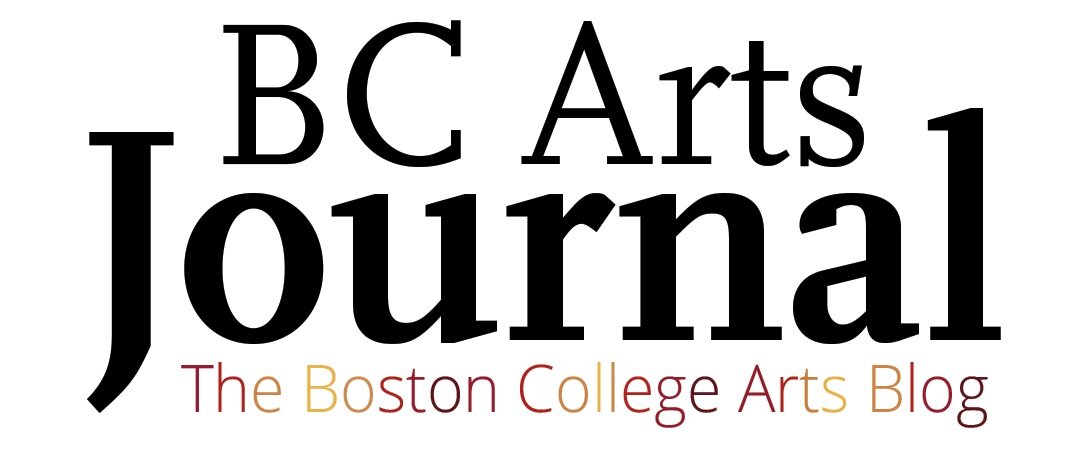2021 Arts Award: Ethan Starr
by Katy Gilmore ‘24
___________________________________________________________________________________________________________________________
Ethan Starr ‘21
Majors: Art History and Political Science
Minor: Ancient Civilizations
Tell me a little bit about yourself!
I’m a senior, and for four years now I’ve studied art history and political science. I am an ancient civilizations (or classics) minor. I came to college knowing that I would definitely want to do art history and probably political science, so I sort of had everything figured out for me in that sense. I did art history in highschool, and I had always loved history. I soon discovered art history was an area where all my interests aligned. I guess after a decade of my parents dragging me around to museums I actually enjoyed it in the end. I decided I should probably keep doing it in college. Both my parents were art history majors, so you might say it was preordained. I’ve had a fulfilling time in Catholic groups on campus and leading outdoor trips. I like to hike on the weekends with friends.
Is there an experience with the arts at BC that has really stood out to you?
I would think back to freshman year first. I was lucky enough to come in right as Sheila Blair (the distinguished professor in Islamic art) was in her last year. I was able to be in her last class for both semesters which was pretty exciting. I of course waltzed in not knowing who she was or what was going on. I study American art too, so to focus on other cultures was something new and exciting to me. Art of the silk road was probably the farthest in my experience from anything I could’ve done. That was really enjoyable to me.
I would also say that I experienced a real pivot in my art historical interests between my freshman and sophomore years. I interned with the Historical Preservation Department at city hall in my home of Kansas City, Missouri. Since then I’ve focused as much as I can on architecture. I have Professor Orwig in the Art History Department to thank for a lot of that.
Are there others who you have been thankful for during your time at BC?
Being able to do a senior seminar even if on zoom with Professor Wunsch has been a very rewarding experience. I was lucky that after freshman year (not knowing what I was doing or if I wanted to transfer out), I realized that getting a job at the McMullen Museum aligned with my interests perfectly. I have the museum staff to thank for that.
How has the pandemic impacted your views and studies of art history?
In this day and age we face ever greater isolation and individualization of experience and expression with contact no longer being face to face. I think that not only do we run the risk of over-individualizing artistic experience and understanding, we also run the risk of losing the human component of the art market and the communal aspect of the artistic community. People keep talking about how NFTs are going to change the world and we’re going to do everything online from now on. There is a purpose to having museums and congregational spaces for artistic expression specifically. I hope that when we get back on our feet from the pandemic that’s something that we both remember and pledge anew to reinvigorate.
How have your majors of political science and art history intertwined?
This is a convenient question because they really have connected. Since highschool I’ve worked in a government-sponsored museum at home. I’ve been both a State Parks employee and a museum docent. I’ve been both working in cultural heritage preservation (a more public history standpoint) and been interested in and learning about the fine points of art history. I’ve also gotten the chance in college to work on preserving the physical and artistic infrastructure or architectural landscapes, and I’ve enjoyed that very much. When you’re talking about the built environment, there are areas where both legal and community-wide perspectives come together.
It takes a village to save a building, to preserve and promote artistic heritage that comes in the physical environment.
That’s something I’ve learned in college. My interests in American politics, in particular of the 20th century and the New Deal period, are directly manifested in a lot of the art I’m interested in. This includes the regionalist art, murals, and WPA era artwork in post offices and federal buildings across the country.
What are your next steps after graduation?
I am enrolled in a masters program at the University of Virginia in architectural history. So that’s very exciting. I anticipate learning more and having the chance to work in professional historical preservation and cultural heritage. It’s a good program, and it allows me the opportunity to keep studying urban planning and the political frameworks through which our built environment is negotiated.


